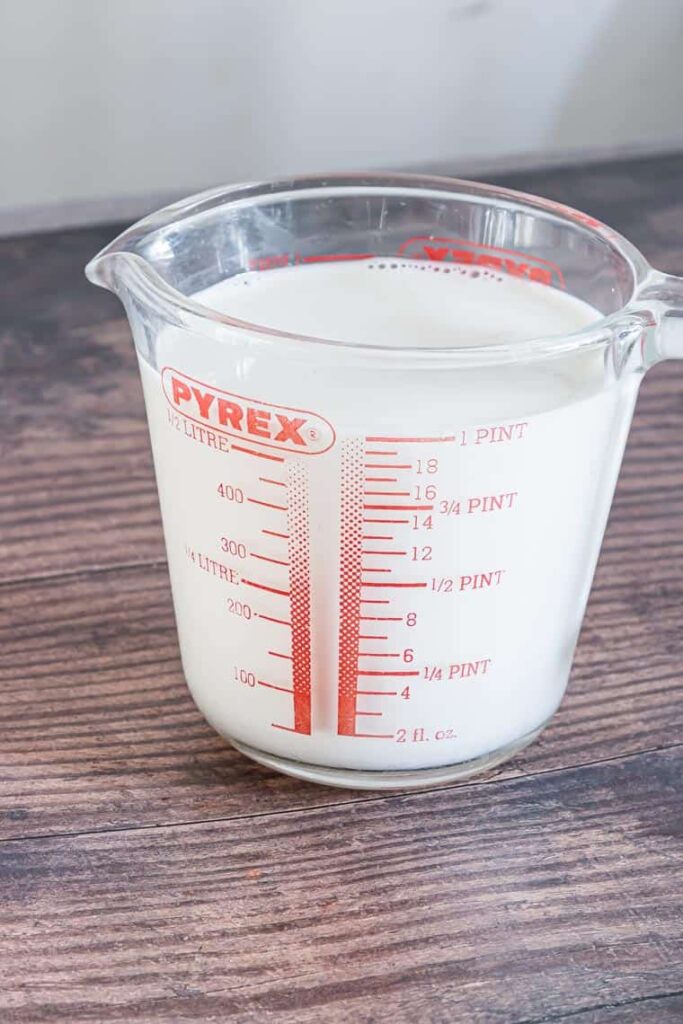Demystifying Measurements: How Many Cups Are in a Pint?
Ever stared at a recipe calling for a pint of something and wondered how many cups that translates to? Fear not, fellow food enthusiast! This comprehensive guide dives deep into the world of cup and pint measurements, equipping you with the knowledge to confidently navigate any recipe.
A Tale of Two Systems: Imperial vs. Metric
Understanding cup and pint measurements requires a fundamental grasp of the two major measurement systems: Imperial and Metric.
- Imperial System: Predominantly used in the United States and some former British colonies, the Imperial system relies on units like gallons, pints, cups, and ounces.
- Metric System: The globally dominant system, the Metric system employs units like liters, milliliters, and grams for volume and weight, respectively.
While the United States is slowly transitioning towards the Metric system, the Imperial system remains prevalent in many kitchens. This guide focuses on the Imperial system, specifically the conversion between pints and cups.
Unveiling the Pint: A Unit Steeped in History
The pint, a unit with a rich history dating back to ancient civilizations, has evolved over time. The word “pint” likely originated from the Latin word “pinta,” meaning “painted,” referring to the markings on vessels used for measuring liquids.
There have been various definitions of the pint throughout history, but the two most relevant for modern cooking are:
- US Liquid Pint: This is the standard pint used in the United States and is equal to 16 fluid ounces.
- Imperial Pint: Used in the United Kingdom and some Commonwealth countries, the Imperial pint is slightly larger than the US liquid pint, containing 20 fluid ounces.
It’s crucial to distinguish between these two types of pints when following recipes, particularly those originating from the UK.
The All-Important Conversion: Pints to Cups
Now, for the answer you’ve been waiting for: there are 2 cups in 1 US liquid pint. This conversion factor holds true for most recipes in the United States.
Here’s a handy conversion table to keep book:
| Unit | Equivalent in US Cups |
|---|---|
| 1 US Liquid Pint | 2 cups |
| ½ US Liquid Pint | 1 cup |
| ¼ US Liquid Pint | ½ cup |
| ⅓ US Liquid Pint | ⅔ cup |
Beyond the Basics: Embracing Measurement Tools
Equipping your kitchen with the right tools can simplify recipe conversions and ensure accurate measurements. Here are some helpful tools:
- Measuring Cups: Available in various sizes (usually 1 cup, ½ cup, and ¼ cup), these nested cups come in handy for measuring both wet and dry ingredients.
- Liquid Measuring Cups: Featuring markings for different volumes, these cups are ideal for measuring liquids like milk, broth, or oil.
- Kitchen Scale: While not essential for all recipes, a kitchen scale offers superior accuracy, especially for baking or using alternative ingredients.
Frequently Asked Questions (FAQ)
Q: Are there different types of cups?
A: Yes, there are measuring cups specifically designed for dry ingredients (like flour) and liquid ingredients (like water). Dry measuring cups are typically wider than liquid measuring cups to prevent overfilling.
Q: Can I use a mug instead of a measuring cup?
A: While tempting, mugs vary greatly in size, making them unreliable for accurate measurements. It’s best to stick to dedicated measuring cups.
Q: How can I convert a recipe using Imperial pints to US cups?
A: Multiply the number of Imperial pints by 2.5 to get the equivalent amount in US cups.
Q: What if a recipe calls for a fraction of a cup?
A: Most measuring cup sets include nested cups for ½ cup and ¼ cup measurements. Alternatively, you can use a tablespoon or teaspoon to measure smaller amounts. (There are 16 tablespoons in 1 cup and 3 teaspoons in 1 tablespoon).
Q: Is it okay to estimate measurements?
A: While occasional estimation might be alright for forgiving recipes, precise measurements are crucial for baking and delicate dishes.
In Conclusion:
Understanding the relationship between cups and pints empowers you to tackle any recipe with confidence. By familiarizing yourself with the Imperial and Metric systems, utilizing conversion factors, and employing the right tools, you’ll be a master of measurements in no time! So, the next time a recipe calls for a pint, you’ll know exactly how many cups to reach.



